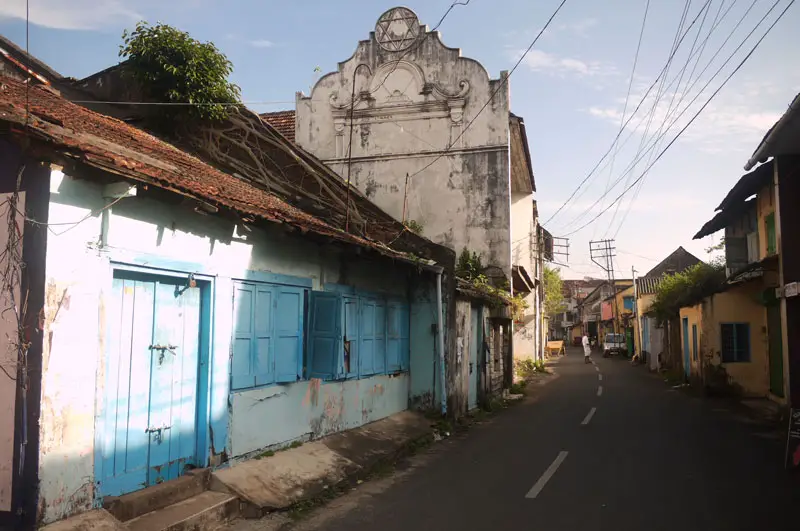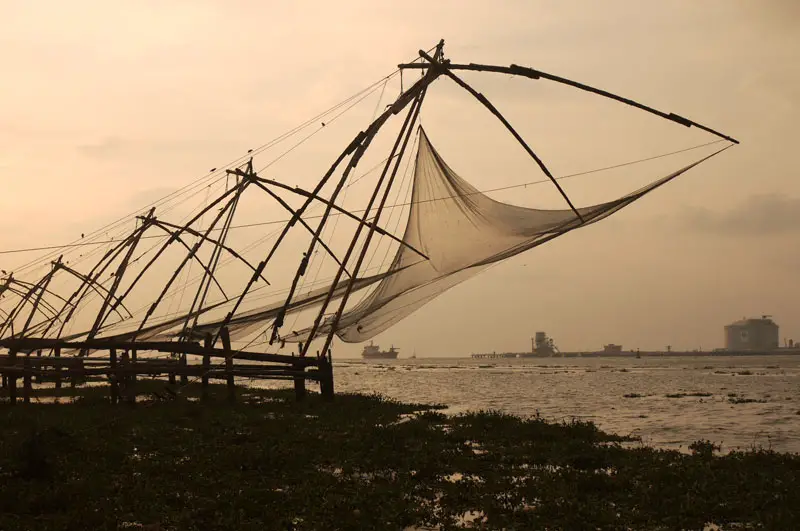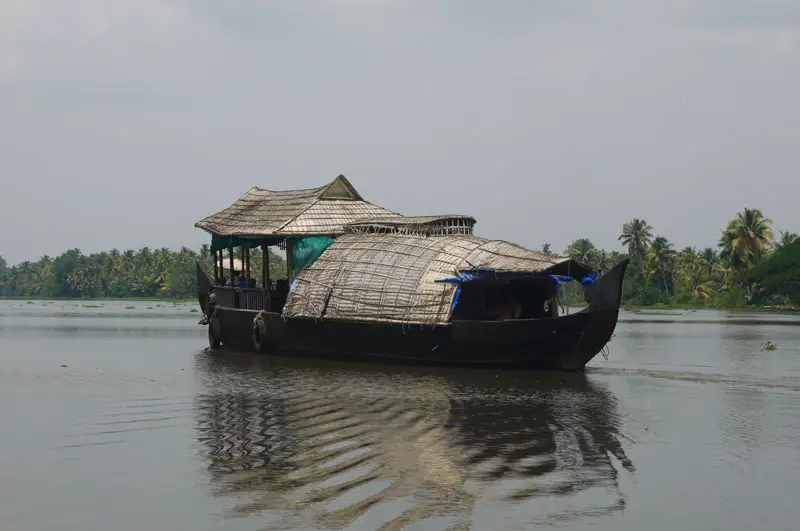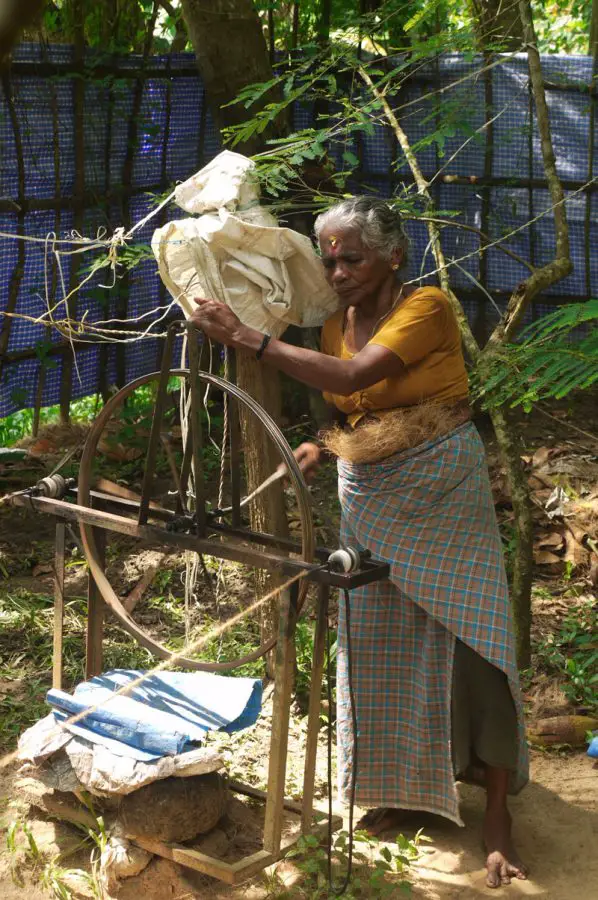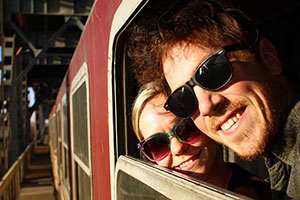Stepping out of the auto-rickshaw on the island of Fort Kochi we were a world away from the manic streets of mainland Ernakulam. Quiet, peaceful and pretty much traffic free streets give Fort Kochin a distinct feel in India in that it doesn’t feel like India at all! Reminiscent of a European town, complete with boutique, artsy cafes, markets and restaurants opening out onto the streets. Thrown into the mix is an old Dutch Palace, the strange and still functioning Chinese Fishing Nets and a Jewish quarter, giving Fort Cochin a strange mix of cultures and sights which are well worth a few days of your time in Southern India’s most lucrative state, Kerala.
Diversity is the name of the game in Kerala and the Kerala Tourism Board have given it the tagline ‘God’s Own Country’, to further implant this idea in people’s minds. From the rolling tea plantations of Munnar, four and half hours away by bus to the Kerala backwaters which surround Kochi, Allepuzha, Kottayam and Kollam to the chaotic streets of Ernakulam and Trivandrum all the way back to the beaches in the south, Kerala really does have a huge amount to offer and it’s no wonder it’s the premier tourist destination of Southern India.
Spending a few days in and around Fort Kochin we were kept occupied from morning to evening each and every day. With plenty to do on the island, which is connected to the mainland by a series of bridges, we set about exploring the area on foot. Becoming familiar with the history of the area at the Mattancherry Palace, an old Dutch Palace dating back to 1555, now housing a museum depicting Fort Kochin’s history from the time of the Portugese, to the Dutch era to modern-day, was a nice way to begin our time in the area. A short walk took us to the Paradesi Synagogue in Jew Town, an unusual sight in the primarily Hindu/Muslim world of India, ordinarily open to tourists we were unable to go inside as the synagogue was closed for three days as the building’s caretaker had passed away and so black flags hung outside the doors as the community grieved his death. This part of town is impeccably clean and tidy and a pleasant place to pass an afternoon taking photos and chatting with the friendly locals.
Flying back through the streets from the synagogue in Mattancherry to Fort Cochin passing numerous Christian churches, we watched the sunset over the industrialised harbour as the labour intensive Chinese Fishing Nets were raised and lowered bringing in some of the day’s catch. Dotted along the small area in front of the nets the catch is for sale and buying a fresh fish and taking it down to one of the restaurants for them to cook up for you is an attraction in itself.
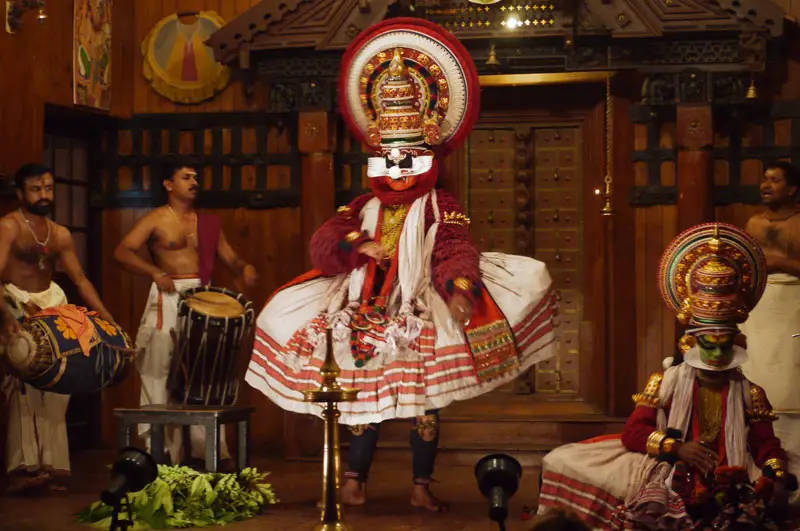
The story of good (green) versus evil (red) is one of the many stories told through the medium of Kathakali.
Kathakali, a traditional Keralan art form, beginning in the same period as Shakespeare was writing his plays, is a highlight of a trip to Kerala for many travellers. Performances are based on the Hindu mythology of the Ramayana, Mahabarata and the Puranas, telling stories of good versus evil, war and peace, courage and weakness and rich and poor. Actors train intensively for a period of eight to ten years before they can perform Kathakali and the plays when performed can last up to twelve hours continuously.
Actors perform to the rhythm of drums, cymbals and singing, also performed live on stage. As the storyteller/singer voices the story to the audience, actors depict the emotions through a combination of facial expressions and hand movements. The hand gestures known as ‘mudras’ are a type of sign language, while the facial expressions are known as ‘navarasms’. ‘Navarasms’ translates to nine tastes or nine feelings and include amour, humour, fear, wonder, peace, anger, pathos, valour and disgust. Kathakali actors have incredible control over their facial muscles and their eye movements are even more bizarre. A special seed is put under the actor’s eyelid before showtime causing the eyes to become completely bloodshot, as the play commences the skilful performers move their wide eyes to the beat of the drum to the point where they can make them vibrate in their sockets, it really is a sight to see.
Famous for it’s beautiful waterways a visit to Kochi’s tranquil backwaters is a quintessential Keralan experience. Boarding a motor-less covered wooden boat we set off down through the narrow backwaters passing lizards, colourful birds, beautiful jungle-type scenery and locals fishing, washing and playing in the placid waters. A few stops along the way at little villages introduced us to some of the industry which is still prevalent and extremely lucrative for the local communities which live along these shores. Making rope from coconut fibres is still carried out by local women in the area and surprisingly has not been outsourced to a modern facility. Lime shell mining is another huge industry along the Kerala backwaters, burning shells produces lime shell which is used in a number of products including white cement and Kerala is India’s biggest producer of this material.
After time in Fort Kochin taking in the cultural Kathakali performances, the mishmash of Indian, Christian and Jewish cultures in the Fort Kochin area, the spectacular Chinese fishing nets, the pleasant European feeling neighbourhood and of course cruising along the fabled Kerala backwaters, it was time to move on again, further south, back to the beach at Varkala at the southern end of God’s Own Country.
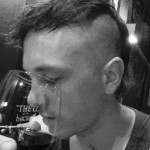
Brian is a travel writer, photographer, blogger, travel addict and adventure-junkie. Being outdoors, getting off the beaten track and outside his comfort zone is what makes him tick. Brian’s the dreamer in the relationship; when he’s not travelling, he’s dreaming about it! Keeping fit, cooking, music and red wine take up the rest of his time.
Sign up for our free travel photography Ebook "Faces of Nepal" and you'll also receive our monthly newsletter.

